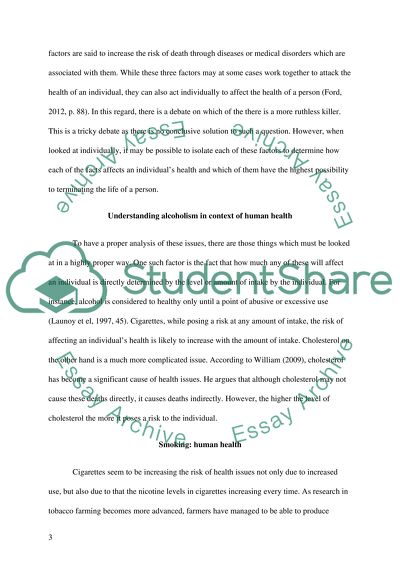Cite this document
(“Pathophysiology , Respiratory Essay Example | Topics and Well Written Essays - 3000 words”, n.d.)
Pathophysiology , Respiratory Essay Example | Topics and Well Written Essays - 3000 words. Retrieved from https://studentshare.org/health-sciences-medicine/1479606-pathophysiology-respiratory
Pathophysiology , Respiratory Essay Example | Topics and Well Written Essays - 3000 words. Retrieved from https://studentshare.org/health-sciences-medicine/1479606-pathophysiology-respiratory
(Pathophysiology , Respiratory Essay Example | Topics and Well Written Essays - 3000 Words)
Pathophysiology , Respiratory Essay Example | Topics and Well Written Essays - 3000 Words. https://studentshare.org/health-sciences-medicine/1479606-pathophysiology-respiratory.
Pathophysiology , Respiratory Essay Example | Topics and Well Written Essays - 3000 Words. https://studentshare.org/health-sciences-medicine/1479606-pathophysiology-respiratory.
“Pathophysiology , Respiratory Essay Example | Topics and Well Written Essays - 3000 Words”, n.d. https://studentshare.org/health-sciences-medicine/1479606-pathophysiology-respiratory.


